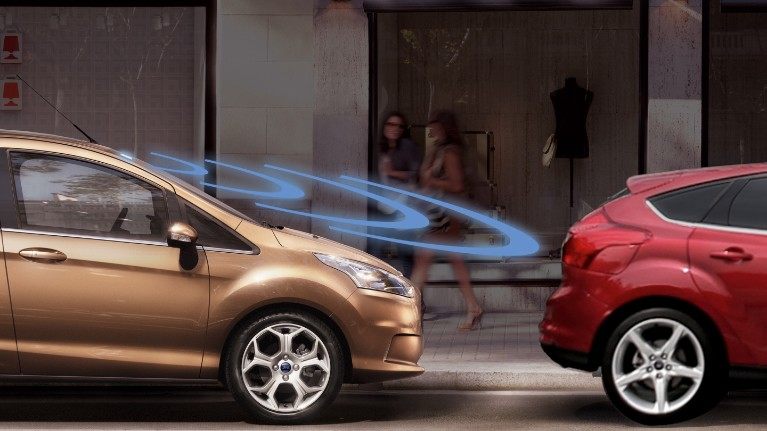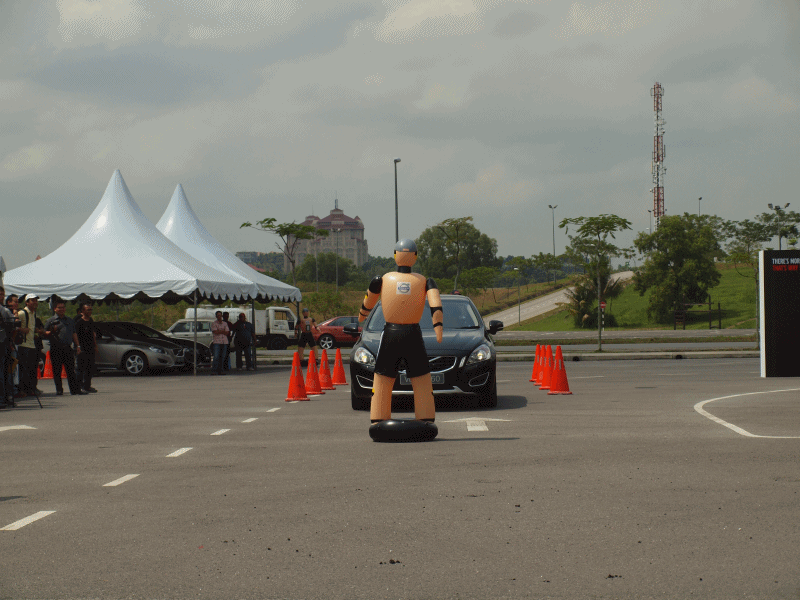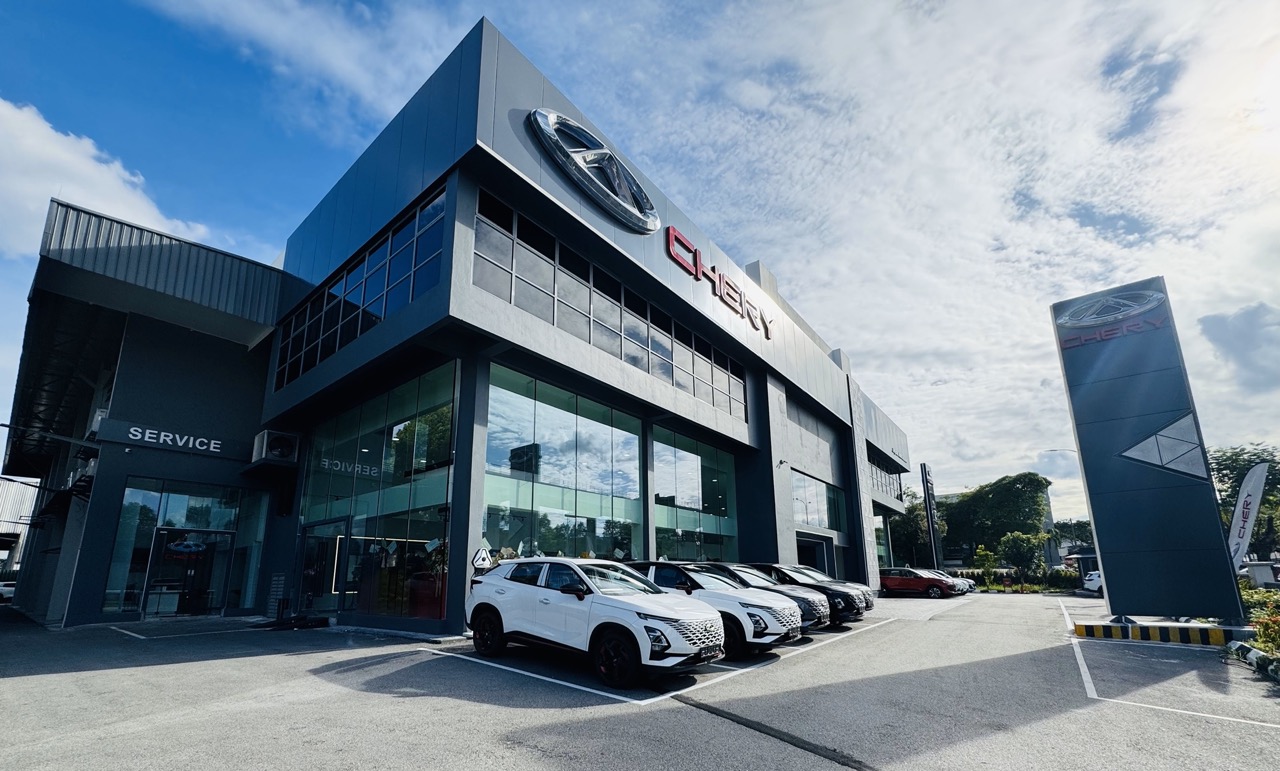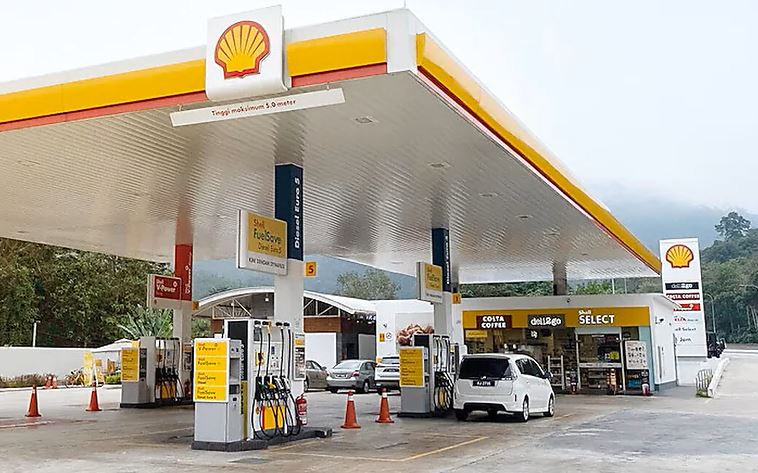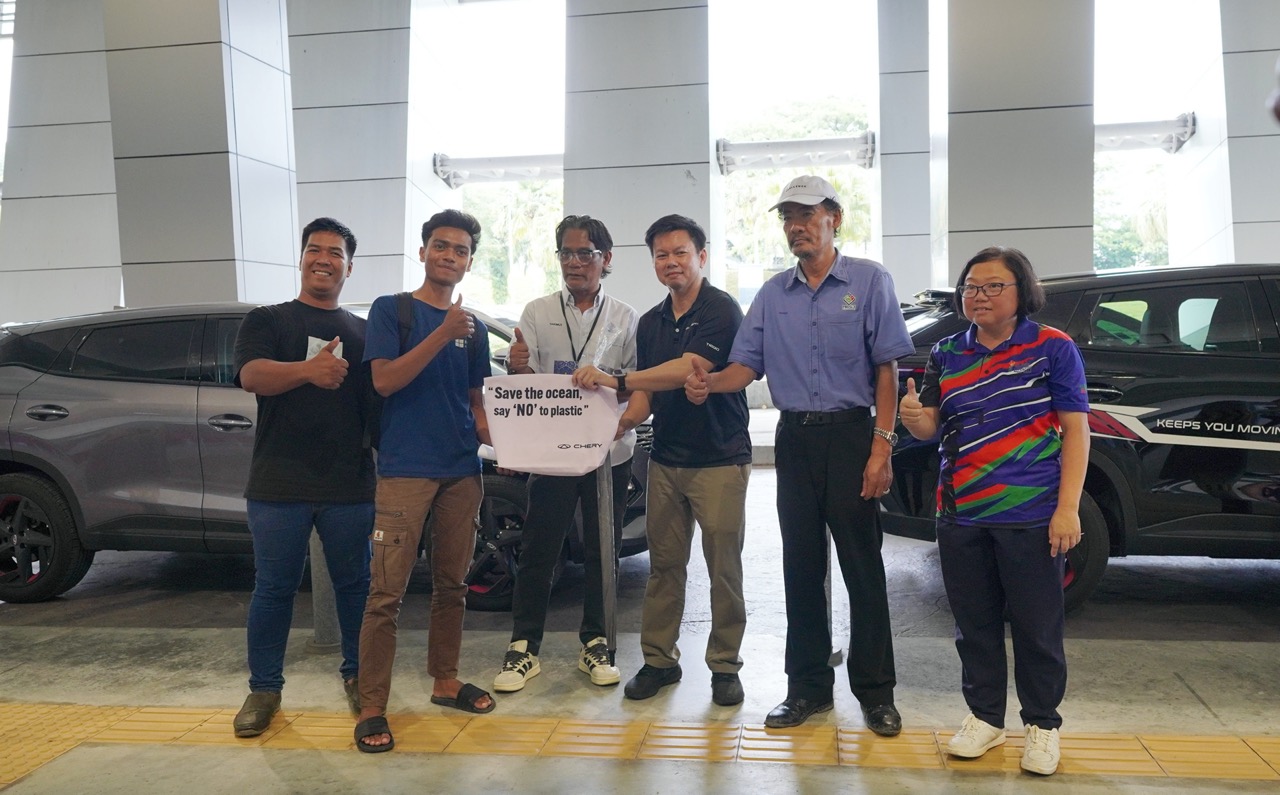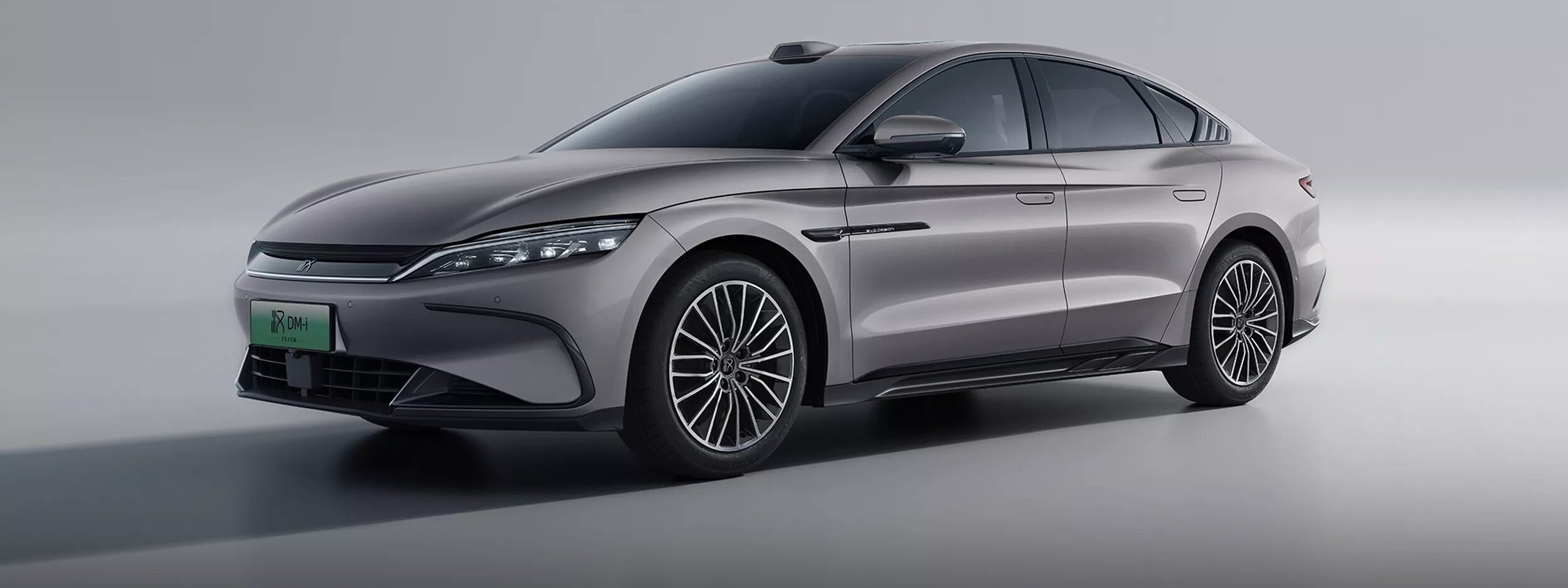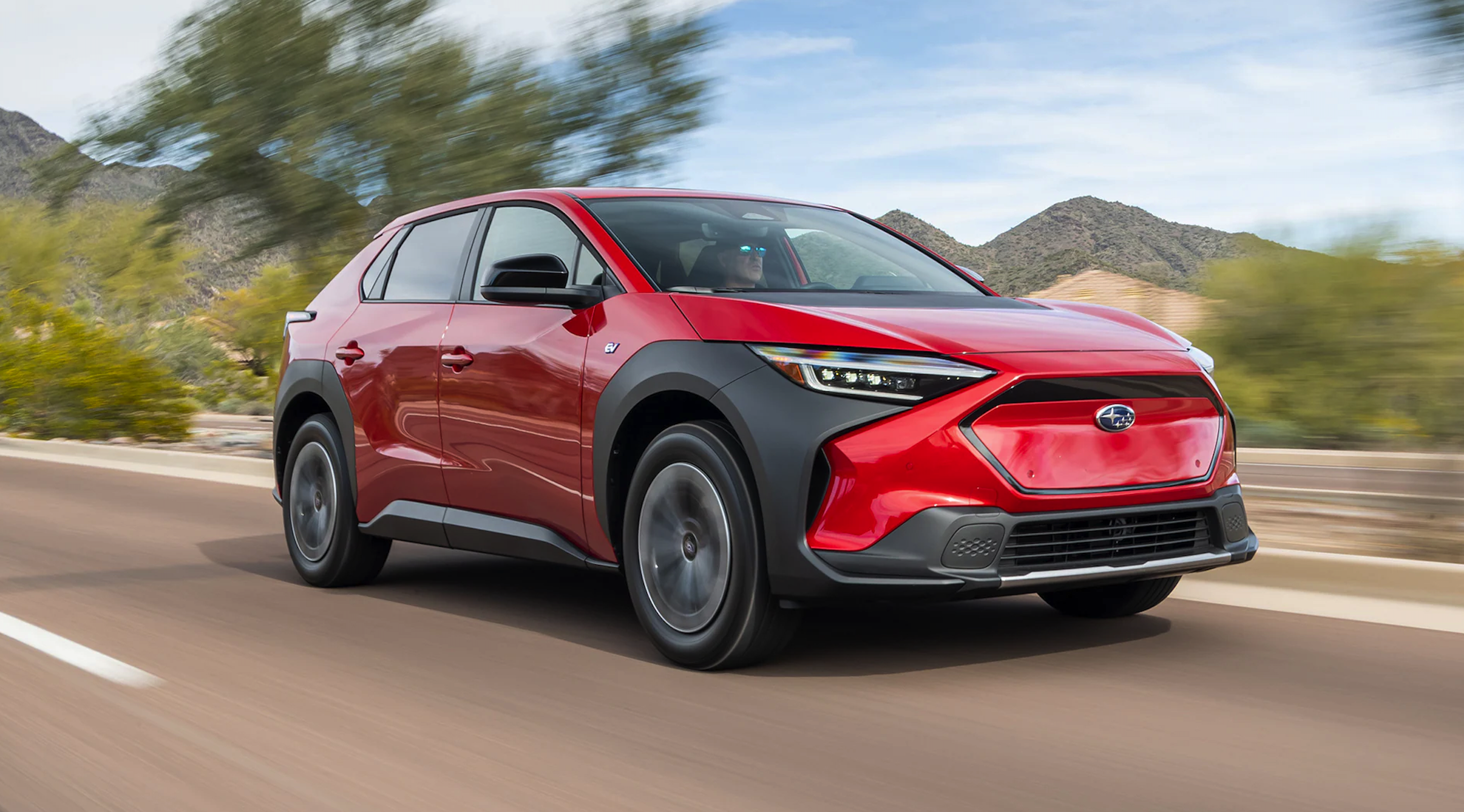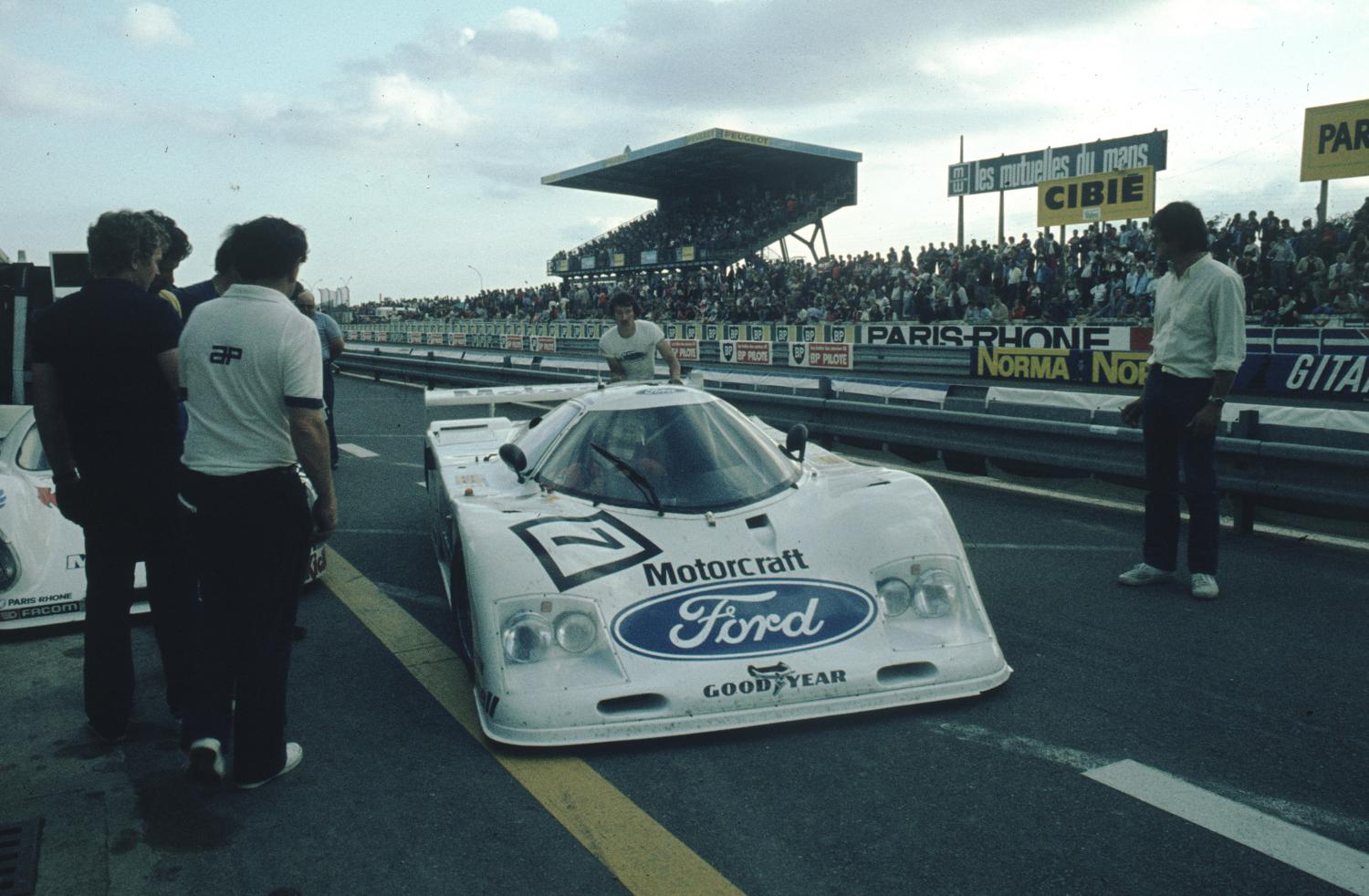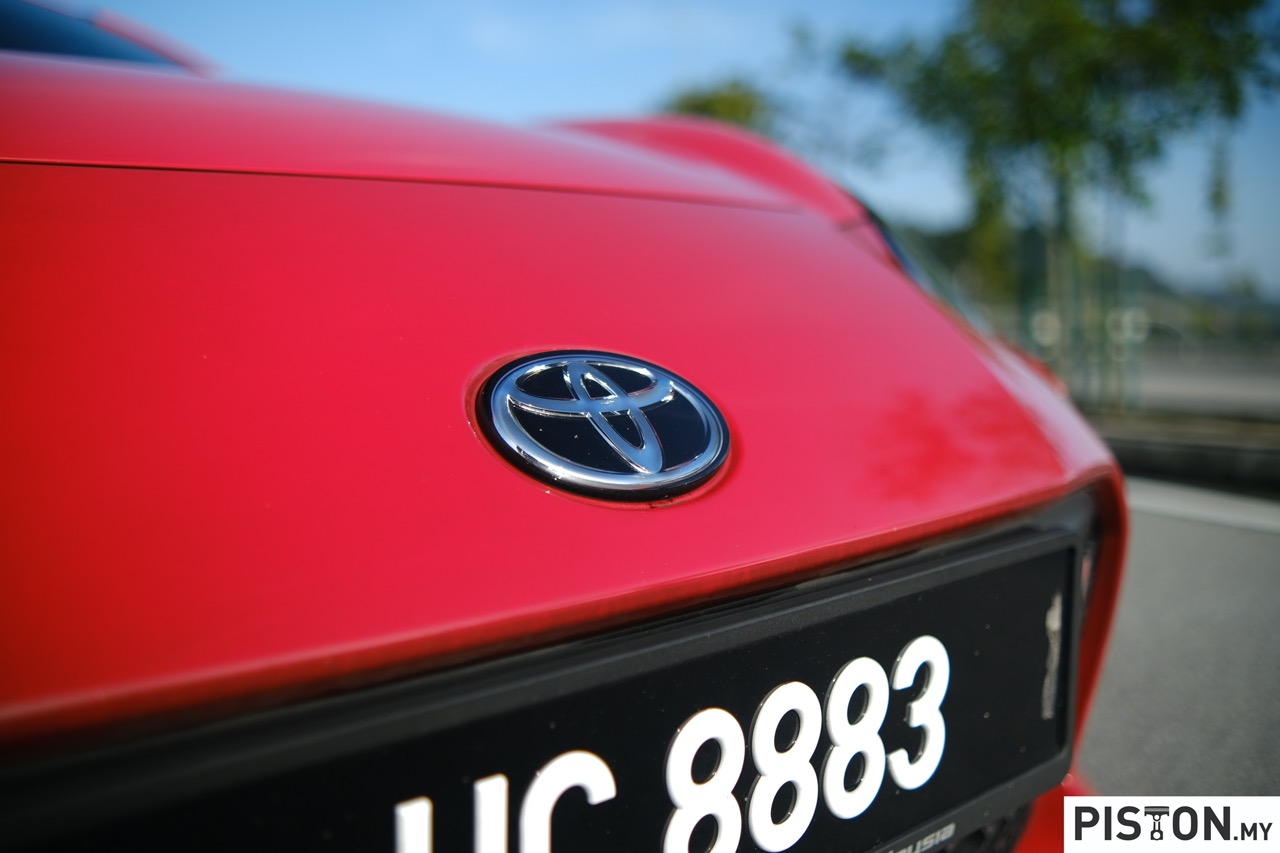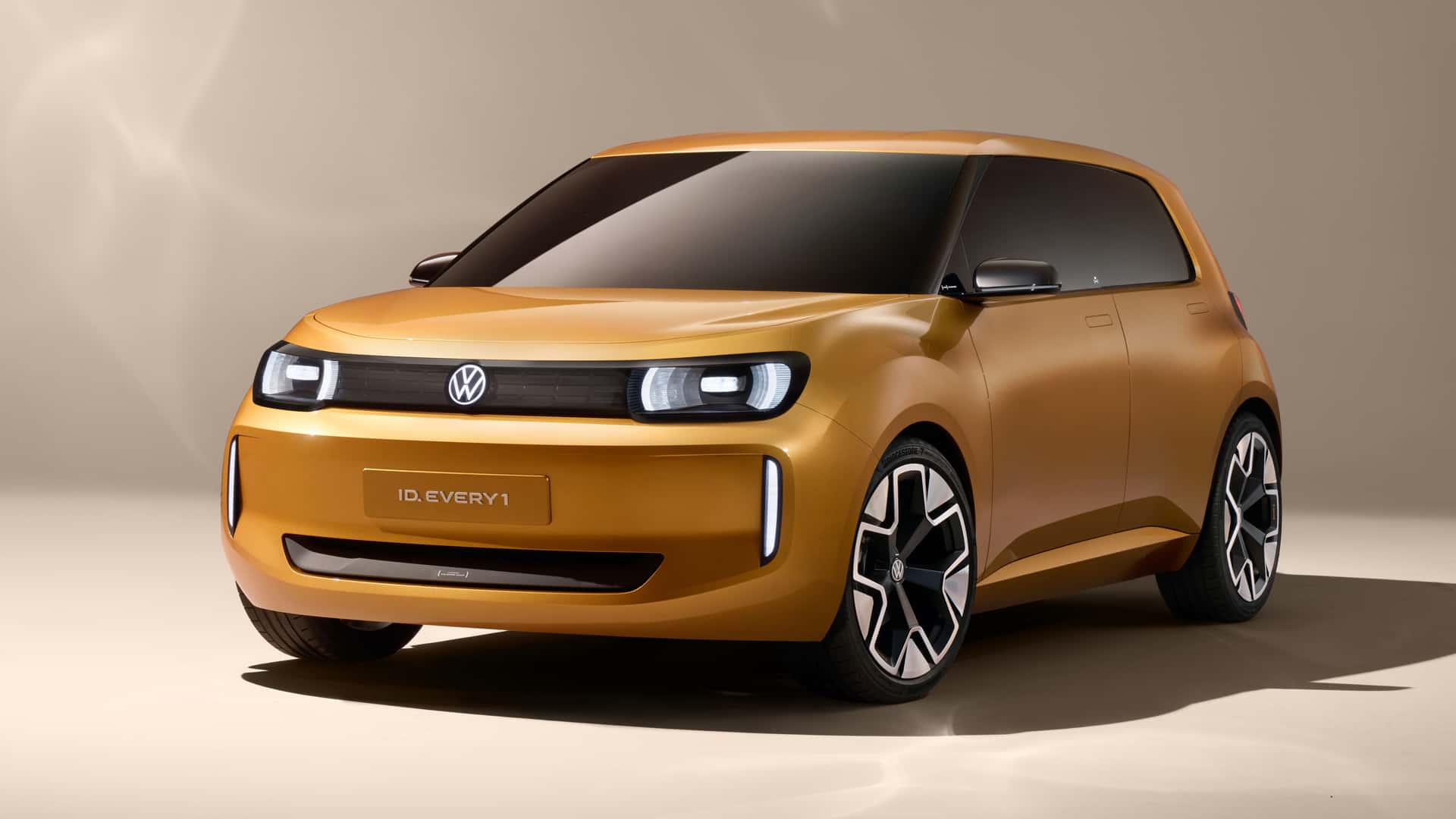The New Car Assessment Program for Southeast Asian Countries (ASEAN NCAP) assessment protocol for 2021-2025, introduced in Indonesia last year, has four pillars of assessment. These are Adult Occupant Protection (AOP), Child Occupant Protection (COP), Safety Assist (SA) and Motorcyclist Safety (MS).
Under the SA domain, ASEAN NCAP will be assessing the effectiveness of Autonomous Emergency Braking (AEB) systems installed in vehicles. This new development mirrors the progression in assessment procedures and aspects that older organizations such as Euro NCAP.
What is AEB?
AEB is a braking system that is applied automatically by the vehicle in response to the detection of a likely collision in order to reduce the vehicle speed and potentially avoid such collision, or reduce the effects of the impact. Detection is by camera and radar and over the years, the ability to recognise different forms has improved, increasing its effectiveness.
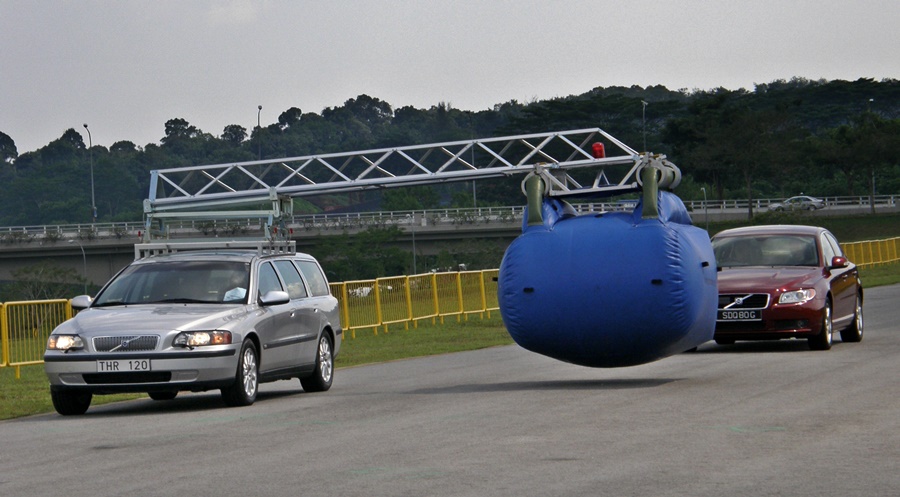
Available in Malaysia since 2011
The system began appearing in models from Mercedes-Benz, Toyota and Volvo in the early 2000s and thereafter began to spread throughout the industry. Initially, due to the cost of AEB, it was offered on high-end models but eventually, as costs came down, lower-priced models like the Ford Focus began to have it. Today, even cars like the Perodua Myvi have AEB. The first car with AEB in Malaysia was the Volvo S60 launched in 2011.
ASEAN NCAP will be assessing two types of AEB systems under the upcoming protocol – AEB City and AEB Inter-Urban. With the new protocol set to commence this coming January 2021, ASEAN NCAP is preparing to strengthen its capacity and capability in the area of testing the effectiveness of AEB systems. This is a significant milestone in ASEAN NCAP assessment as currently (under the 2017-2020 protocol), the assessed vehicle only receives points based on the availability of the system inside the vehicle.
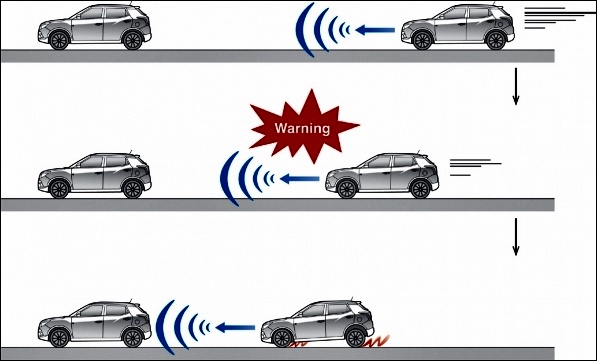
The assessments will cover the following:
- Effectiveness of AEB City system in a car-to-car rear stationary scenario by driving the vehicle forward at a speed of 10 – 60 km/h towards another stationary vehicle.
- Effectiveness of AEB Inter-Urban system in a car-to-car rear moving scenario by driving the vehicle forward at a speed of 30 – 60 km/h towards another vehicle that is travelling at constant speed.
Development testing
Recently, the organization conducted AEB development testing over two days at Bandar Malaysia in Kuala Lumpur where there is a discussed runway as it was formerly an airbase for the TUDM. This follows the first development test held in 2018 in which ASEAN NCAP tested the effectiveness of blind spot technology fitted in vehicles in order to detect the presence of motorcyclists riding at the blind spot zone of a moving vehicle.
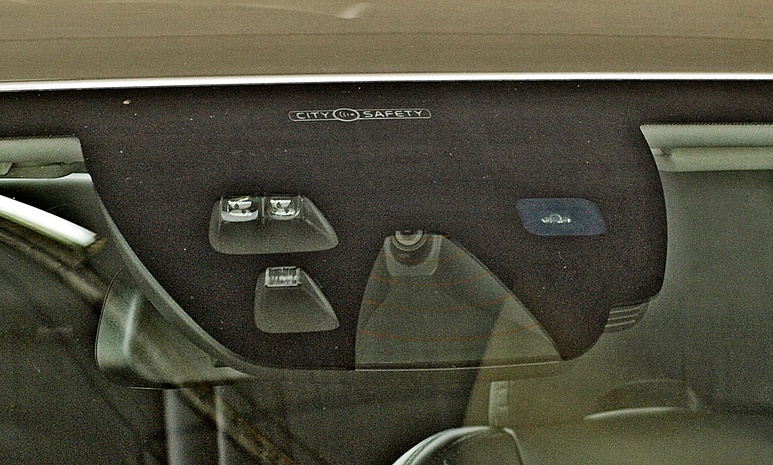
“I am proud that ASEAN NCAP with the support from MIROS has successfully organized this development test in our effort to enhance our capacity and capability in AEB testing. This is part of our preparation to conduct such assessment for the new 2021-2025 protocol,” said Adjunct Prof. Ir. Dr. Khairil Anwar Abu Kassim, the new Director-General of MIROS (Malaysian Institute of Road Safety Research). He is also Secretary-General and Acting Chairman of ASEAN NCAP.
“As other technologies such as AEB becomes more mature, it is timely that we perform the actual physical assessment of the system and elevate our current assessment from just rewarding points on its availability in the vehicle,” he added.
“As the new MIROS D-G, I would like to thank the manufacturers who are involved in providing their vehicles for this development test. We are grateful for their support and willingness to participate in this test to ensure that the systems equipped in their vehicles are at the best performance. Their commitment in safety is commendable and we hope other manufacturers will follow suit in the near future. With the requirement on the effectiveness of AEB fitment under the new ASEAN NCAP protocol, we are making safety a priority, not a luxury,” Adjunct Prof. Ir. Dr. Khairil Anwar stressed.




